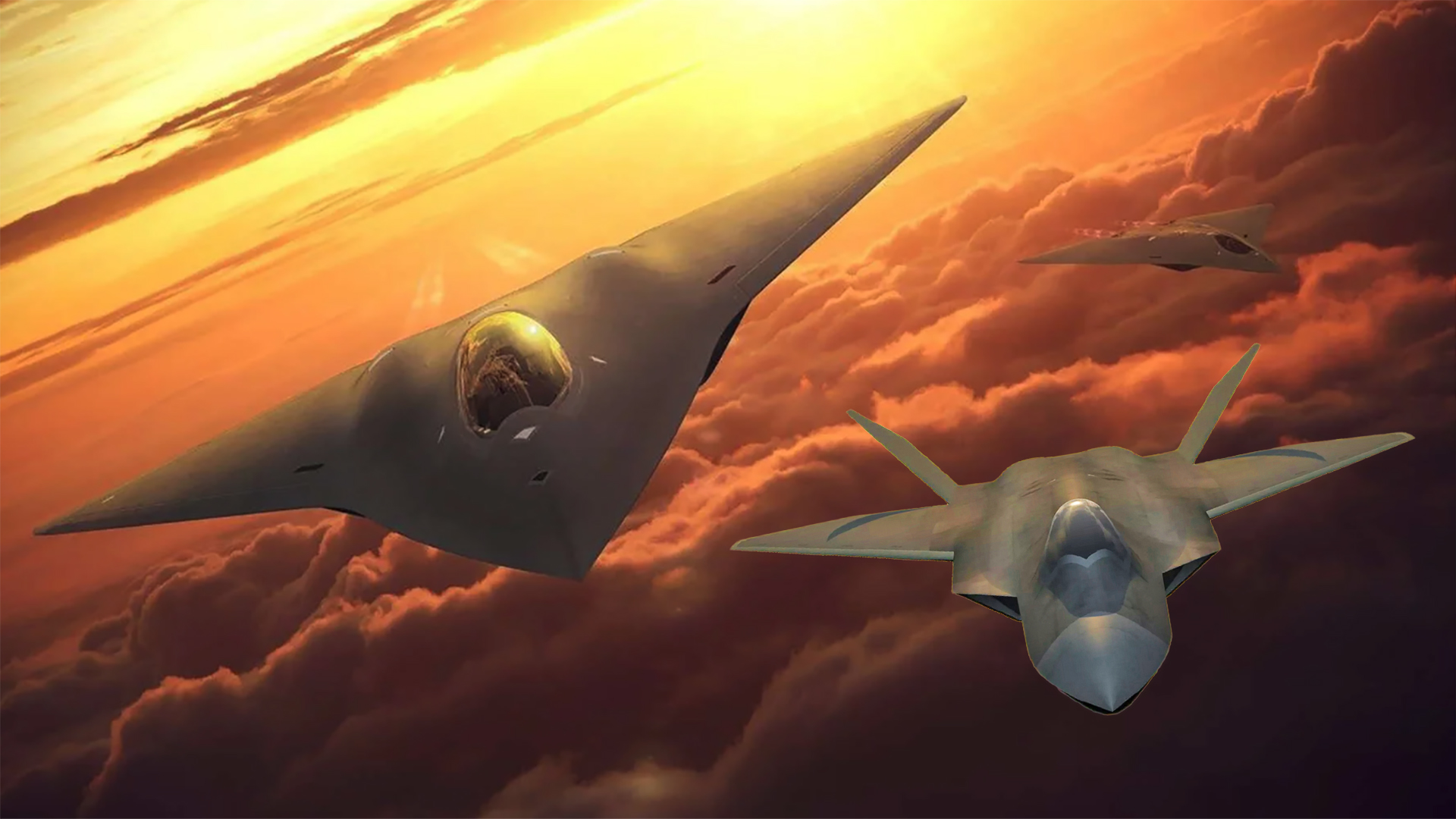A leading U.S. Air Force official has raised the possibility of the United States and the United Kingdom working together, to some degree, on their respective next-generation tactical air combat programs, which have manned platforms as their centerpieces. Currently, the United States is going it alone with its Next Generation Air Dominance, or NGAD, program, although there is understood to be some crossover between the Air Force and Navy efforts of the same name. Meanwhile, the United Kingdom is actively seeking to bring international partners on board for its Tempest effort. The latest disclosure, from the U.S. air attaché in London, Col. Charles E. Metrolis, raises, apparently for the first time, the potential for sharing of “insight or capability” between the separate U.S. and U.K. programs.
In an interview with Air Force Magazine’s Greg Hadley, Col. Metrolis said he expected there would be “some avenue for crosstalk in the future in terms of development,” between the United States and the United Kingdom, in regards to sixth-generation air combat programs.

While the Air Force’s secretive NGAD “is U.S.-only for now,” Col. Metrolis said that the American side “would welcome the U.K.’s thoughts on sixth-gen development and deployment.” But he admitted that “it’s not clear right now how that will look.”
NGAD and Tempest
In regards to the core manned ‘fighter’ components of these programs, at this stage, we still have only a limited idea of how NGAD and the Tempest will take shape. It’s worth noting, too, that Tempest refers specifically to the manned combat aircraft effort within the British (as opposed to European) Future Combat Air System, or FCAS, although the boundaries here are increasingly becoming blurred.

Meanwhile, although an Air Force NGAD demonstrator or prototype of some kind has been flying since at least late 2020, we don’t know what it looks like, but by pretty much all accounts, and maybe some visual evidence, it will be a heavy, tailless, stealthy design. It won’t necessarily look or operate like a traditional fighter. Long-range, heavy payload, extreme sensor fusion and situational awareness, high connectivity via advanced networking that will enable cooperative tactics with unmanned systems and weapons, and very low observability (VLO, or stealth) are likely core tenets of the design. The extreme agility of fighters past will likely be traded for these other traits, with survivability and range being primary design drivers. It will also cost a lot of money. Based on Air Force Secretary Frank Kendall’s statements, they will cost “multiple hundreds of millions of dollars” each.
At this point, the Air Force is still to decide on a prime contractor for NGAD, or at least the manned component, but Kendall recently confirmed that a final downselect is “not all that far away.” Different companies are meanwhile making their cases for leading the sixth-generation fighter effort, with recent statements to this effect from both Boeing and Northrop Grumman. We know, too, that the Skunk Works division of Lockheed Martin is also actively engaged in NGAD on some level and it’s more than likely that the final workshare will see different contractors handling various subsystems and components of the NGAD enterprise.
Another possible aspect of the NGAD’s manned fighter component is an element of adaptability, with indications that the Air Force is looking at two different configurations of a single design. One of these would be optimized for the European theater, while the other would have added fuel and other modifications tailored for the long-range, long-endurance missions that would be expected to be flown in the Pacific, with the latter seeming to be the primary configuration. The Tempest fighter, by contrast, is much more likely to be scaled for European operations, although it may well put a greater emphasis on range than the Typhoon currently does.
Ultimately, the U.S. Air Force and the United Kingdom may be taking somewhat different approaches to their sixth-generation manned tactical air combat platforms. But it wouldn’t be entirely surprising if there are at least some parallels, perhaps related to sensor capabilities, networking, and weapons.
At the Farnborough International Airshow, which took place outside London earlier this month, Tempest’s prime contractor BAE Systems unveiled a new concept model of the aircraft, as well as announcing plans to have a demonstrator aircraft flying within five years. Interestingly, compared to previous iterations, the new-look fighter model now bears a much stronger overall resemblance to the U.S. F-22 Raptor stealth fighter, with some elements reminiscent of the F-22’s competitor, the Northrop YF-23.
At this early stage, we should be careful not to extrapolate too much from the Tempest model, however.
“I don’t think that the current iteration of mockups is a particularly good guide to what the flying demonstrator will look like, beyond a general desire to incorporate broadband VLO capabilities in a fighter-type airframe,” Justin Bronk, the Research Fellow for Airpower at RUSI, told The War Zone.
Of the British program, however, Bronk did observe that “the new demonstrator will likely have at least a fair degree of resemblance to any final Tempest core air vehicle.”

Sharing parts of ‘system of systems’
Beyond the broad requirement to field new-generation fighter-like aircraft, however, NGAD and FCAS are both being pursued according to a ‘system of systems’ approach. This means that, from the outset, they also include other complementary technologies, among them drones, including ‘loyal wingman’ types, and a new generation of air-launched weapons, networking, and sensors.
Aside from the manned jets at the center of each of these programs, it’s the multitude of new technologies, potentially all coming online simultaneously, that present perhaps the bests options for collaboration between the United States and the United Kingdom (or other partners, for that matter). Even if such partnerships existed only on the level of information exchange, it’s easy to see how this could still be hugely beneficial to the cutting-edge NGAD and FCAS programs, especially as these are both operating according to bold timelines. U.S. Air Force Secretary Frank Kendall has talked of the goal of turning the manned part of NGAD into a real capability before 2030, while the United Kingdom wants its Tempest fighter in service by 2035.

“It’s going to be the latest technology on both sides,” Col. Metrolis told Air Force Magazine. “So if they [the British] have a particular insight or capability they can share, or we have something we can share with them, that’s good for the alliance.”
The drone dimension
The United Kingdom is also looking at the potential of loyal wingman-type drones, and how they will fit within the future FCAS architecture. The U.K. Royal Air Force’s Lightweight Affordable Novel Combat Aircraft (LANCA) unmanned initiative is tasked with determining which drones will be needed for this.
LANCA has seen some significant developments of late, including the cancelation of Project Mosquito, which had been planned to test a loyal wingman-type drone capable of working together semi-autonomously with manned aircraft.
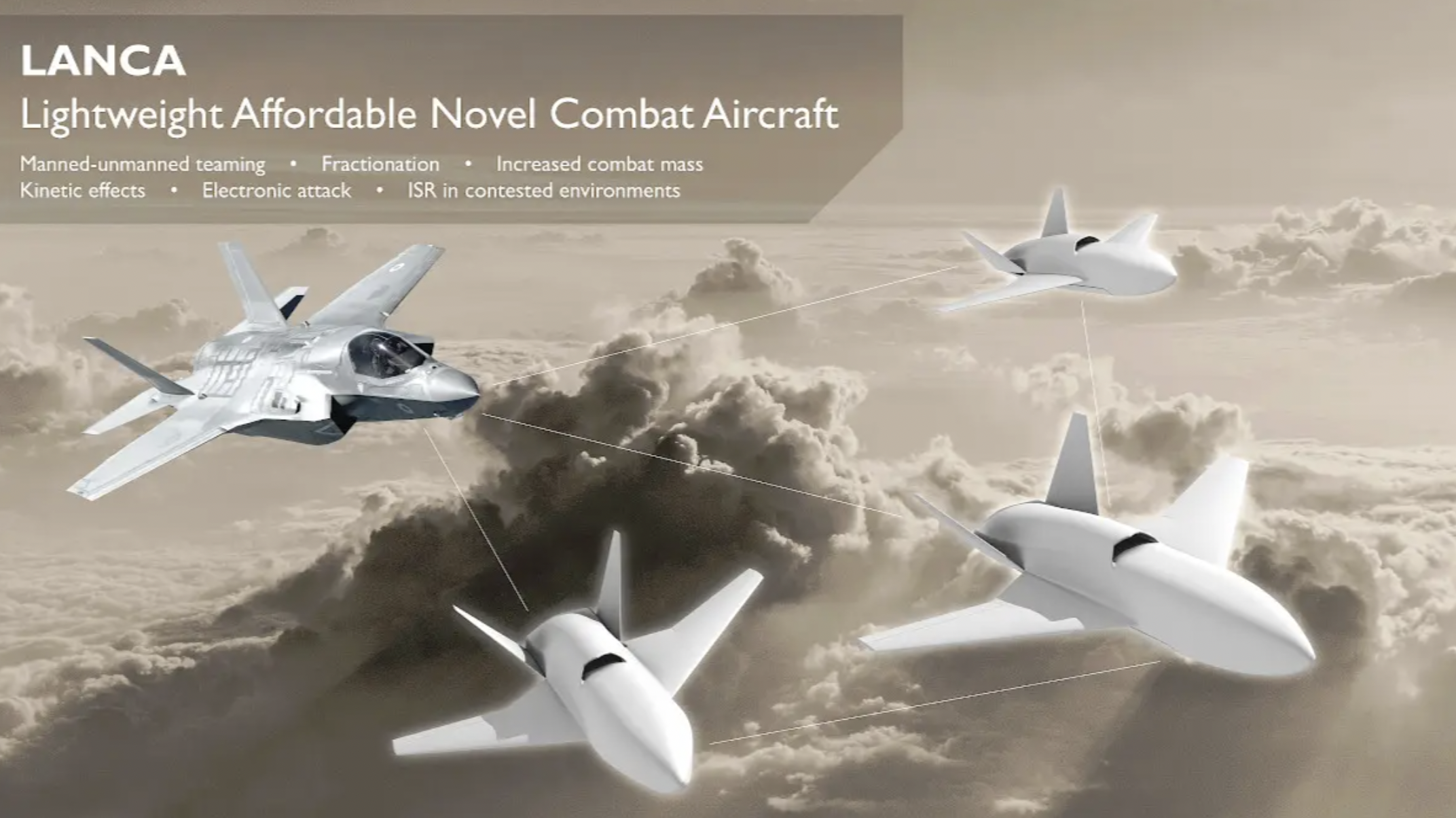
In the wake of Project Mosquito’s cancelation, BAE Systems unveiled concepts for two new types of unmanned aerial vehicles. While one of these is a relatively small drone capable of operating either individually or as part of a networked swarm, the second is larger and has more in common with various lower-tier unmanned UCAV concepts.
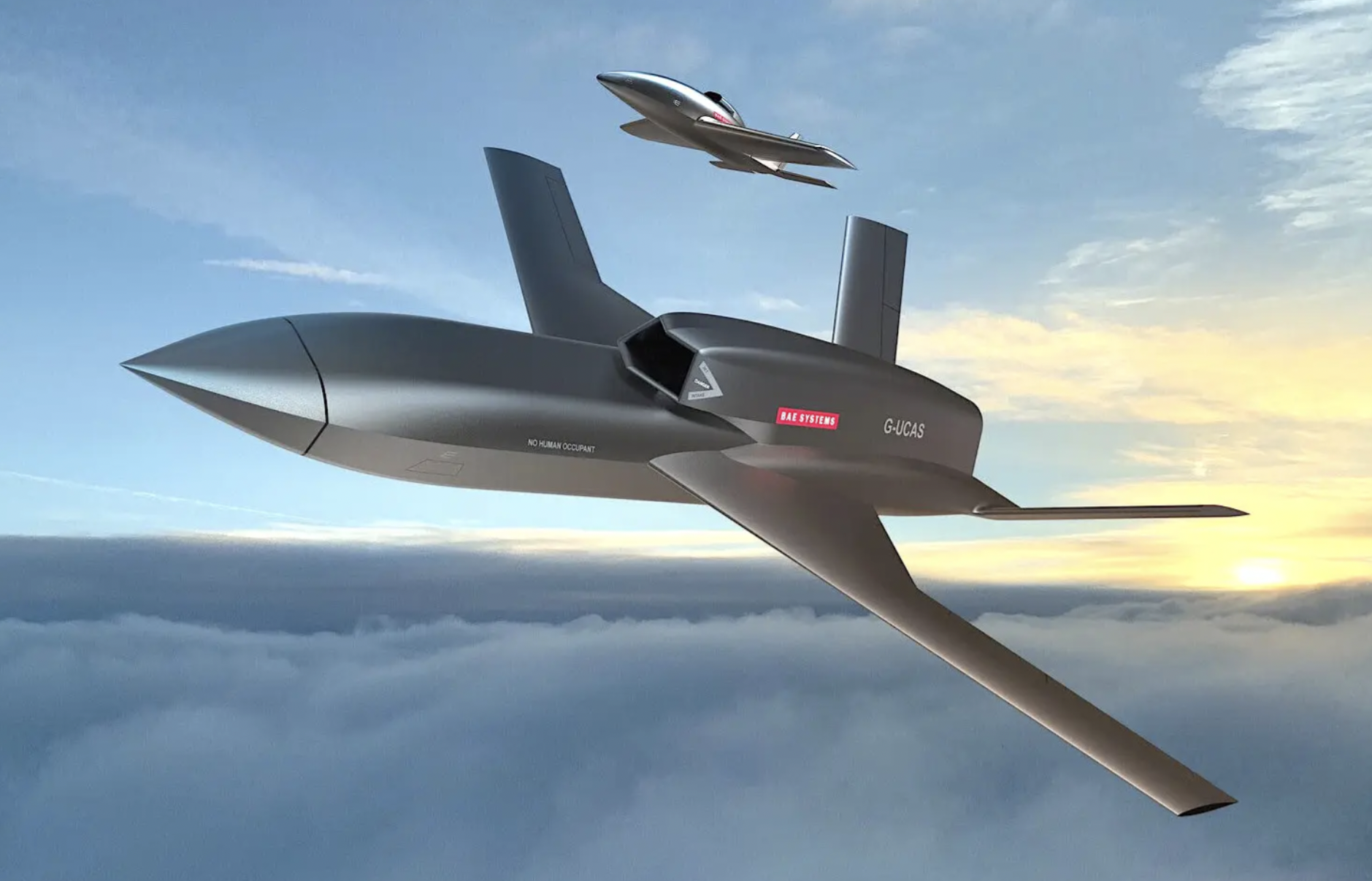
Clearly, the United Kingdom is very much still weighing up how to use drones of this kind — including which missions to configure them for and what degrees of autonomy they should have. Ultimately, it may try to buy into the NGAD program or parts of a less sensitive unmanned architecture offered by the U.S., rather than develop at least some of its own unmanned platforms. This would also have the benefit of offering useful commonality with the United States. Still, the unmanned component is ideally suited for keeping the UK’s air combat-focused aerospace industry alive and represents far less risk than the manned component.
The U.S. Air Force’s NGAD manned platform, like the F-22 before it, will likely remain the exclusive preserve of the Pentagon, but there could be a case for opening up other, companion technologies within the program to other close allies. There are multiple precedents for this type of cooperation on sensitive programs between the United States and the United Kingdom.
It’s even possible, that should the FCAS/Tempest program fall apart, the UK could work to join NGAD in its entirety once it is farther down the line. The U.S. could even outright offer such an arrangement, as it did with the absolutely top secret F-117 program during the 1980s.
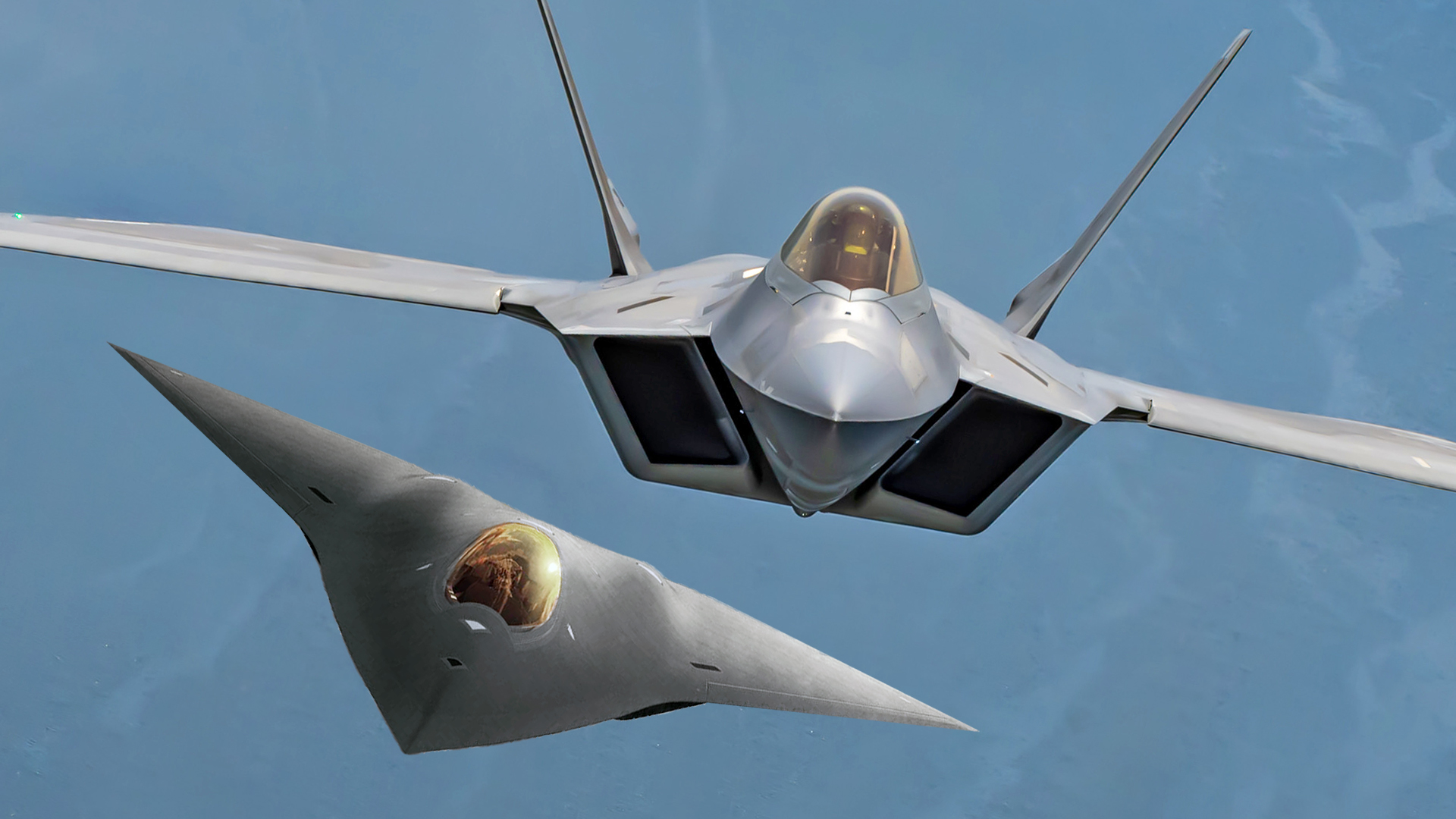
The F-35 Joint Strike Fighter provides an example of how a high-end air combat program can be run, in part, as a collaborative effort, with various levels of industrial participation from different allied countries. In all, seven nations shared F-35 development costs, with the United Kingdom standing out as the sole Tier 1 partner, with the biggest financial stake outside the United States.
The secretive NGAD program, as it looks now, will not be run in the same way, but that doesn’t mean there won’t be some opportunities to share certain mutually beneficial technologies with allies and, in some cases, offer certain elements of the ‘system of systems’ for export.
Can Tempest go it alone?
However, the approach taken by the British on Tempest may actually preclude closer U.S. participation in that program. After all, the United Kingdom, in contrast to the United States, has been actively seeking international partners for its future fighter from an early stage, to share costs and secure potential orders to make the entire industrial effort worthwhile. There have also been talks about the potential for the rival U.K. and European FCAS efforts to merge, although, so far, the British side has been lukewarm over this prospect.
“We’re aware the U.K. is working with Sweden and Italy on [Tempest],” Col. Metrolis told Air Force Magazine. “And I saw the announcement about involving Japan, though I believe the U.K. will have to formally submit a request to Sweden and Italy to have Japan join the program.”
Having different partners, with different requirements, all involved in Tempest will likely bring its own pressures. It will also make it harder to bring elements of NGAD onboard, should that be the ultimate ambition, with the United States less likely to share sensitive technologies with the United Kingdom if they, in turn, share them with Italy, Japan (not a NATO member but a formal US ally), and Sweden (not yet a NATO member).
As it stands, Japan has not formally merged its own F-X next-generation fighter program with Tempest. A final decision on full partnership is expected later this year and there is a growing feeling that this step will be critical to the long-term success of the Tempest program. Japan has allocated around $40 billion for its next-generation fighter and its investment could be necessary to help sustain a very expensive development process.
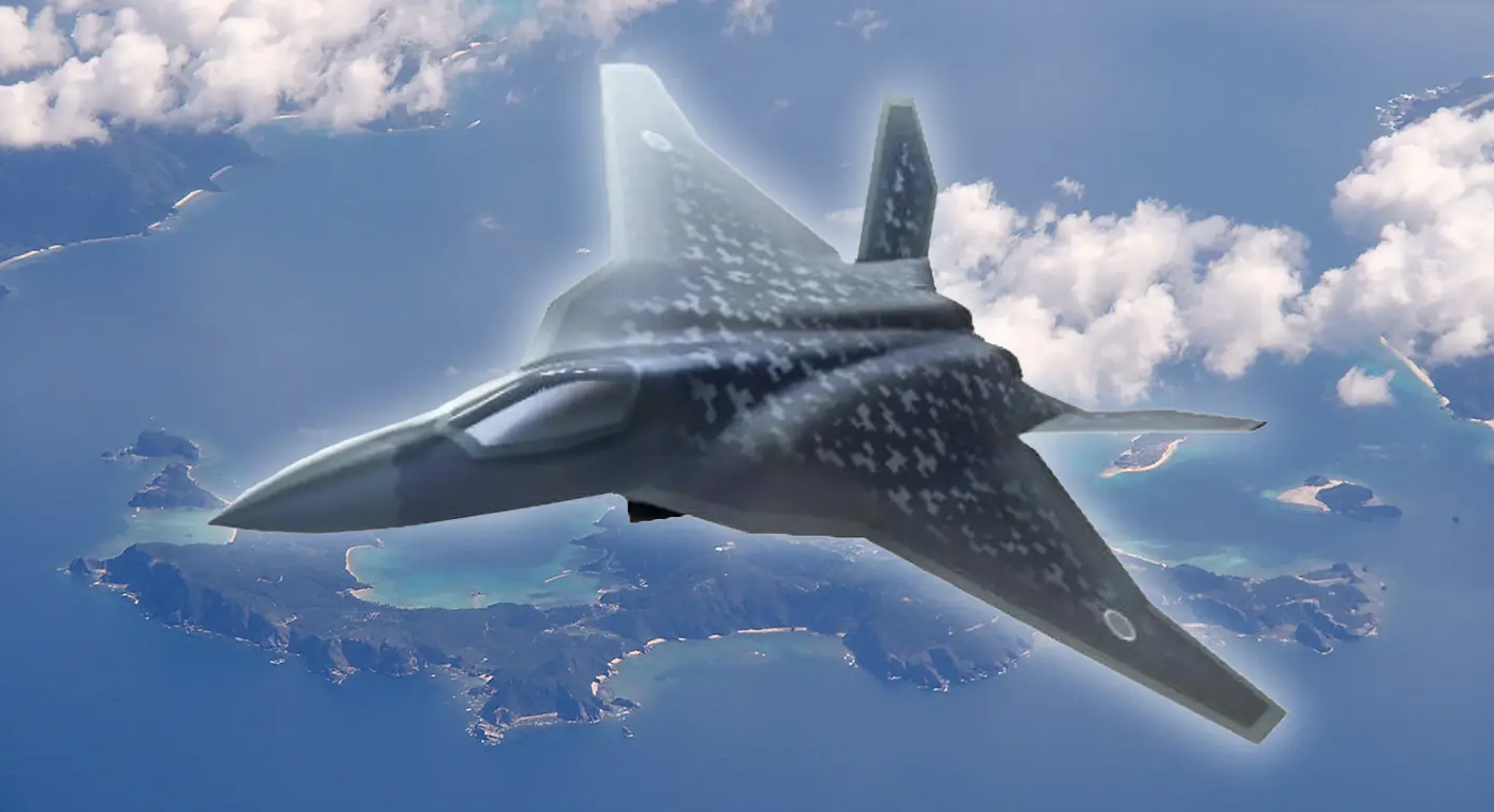
The War Zone asked Justin Bronk just how realistic he considers the Tempest program, when taking into account the eye-watering development costs:
“My concern would be around the ability to find adequate funding within national defense budgets to avoid hamstringing the potential of the program, especially without gutting the ability of the various partner nations to meet the urgent capability requirements facing them vis Russia in Europe and China in the Indo-Pacific over the coming decade and a half.”
After all, developing and then buying the Typhoon (which the Tempest is slated to replace) cost the United Kingdom around £35 billion, or $43 billion, in inflation-adjusted terms. Bronk admitted that “it is hard to see the necessarily much more advanced Tempest costing a huge amount less even with all the new digital manufacturing and design tools available … within an overall combat air budget of around £22 billion [$27 billion] over the next ten years, that sort of money will be hard to find!”
The case for more F-35s
Looking at the costs involved in the Tempest program, even if international partners can be secured, one might ask whether the United Kingdom wouldn’t be better off simply buying more F-35s. After all, the F-35B is well established and combat-proven in British service, while future production promises lower unit costs and enhanced capabilities. At the same time, British plans to buy a fleet of 138 F-35Bs have long been under threat, primarily due to the need to fund other big-ticket defense programs — like Tempest.
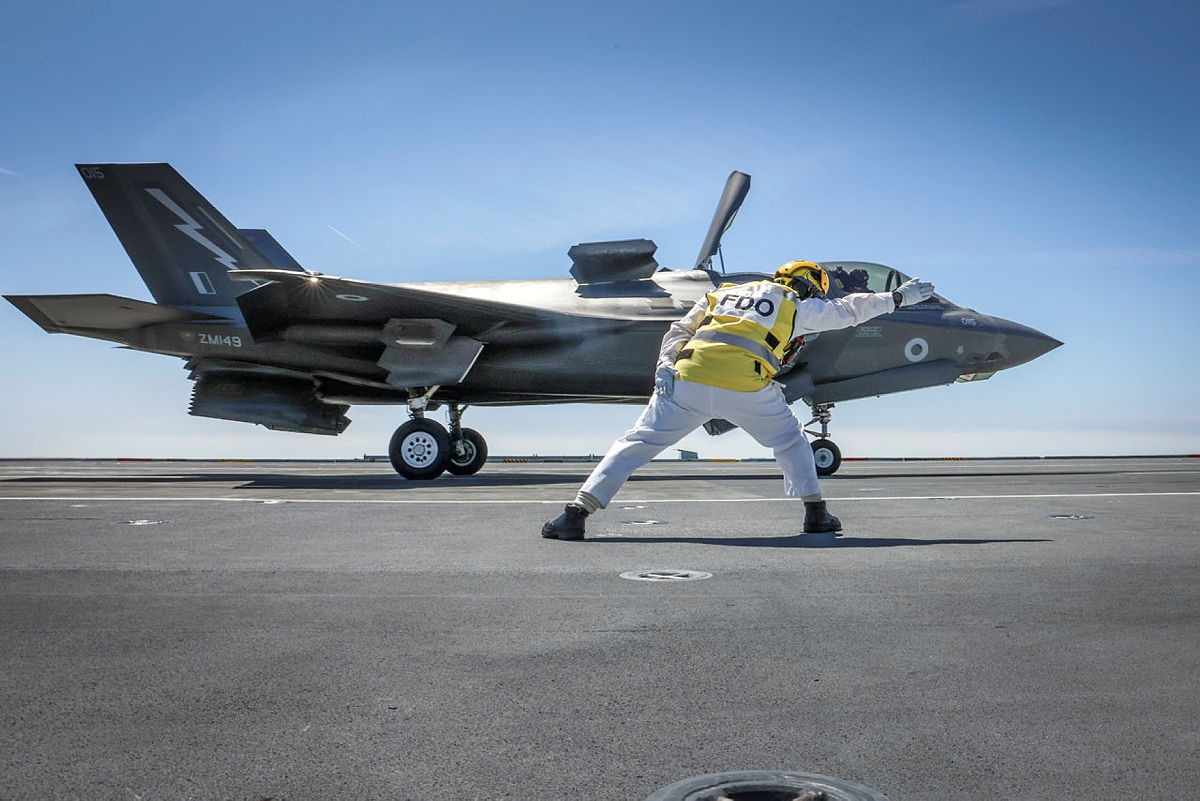
“From an operational capability standpoint, it is hard to argue that the United Kingdom would not be better off buying more F-35s, and potentially joining U.S.-led UCAV programs,” Bronk says. “But the primary motivations for Tempest are about keeping the national combat air industry alive and generating intellectual property and national jobs and skills. There are many good reasons for this approach when combat air is assessed on potential long-term return on investment — historically programs like Typhoon, Tornado, and Hawk have been extremely profitable for the United Kingdom in terms of both the value created through skilled jobs and supporting regional economies domestically, as well as export sales.”
There is certainly something to be said for a larger British F-35 fleet, together with fully funded upgrades, and perhaps even conventional takeoff and landing (CTOL) F-35A versions, combined with complementary drones. However, at this stage, the United Kingdom remains insistent on at least attempting to balance its operational air combat needs with a political agenda that emphasizes domestic prosperity and maintaining industrial capacity.
The price of collaboration
Ultimately, whatever happens in the Tempest program, it seems probable that there will be at least some kind of high-end air combat collaboration between the United States and the United Kingdom and that the future fighter programs in these countries will all benefit.
While the United Kingdom is currently seeking to reinvigorate its own combat aviation industry, and to move away from simply ‘buying American,’ it remains to be seen how viable this goal is. In terms of drones, in particular, and the critical technologies required for these to integrate with manned aircraft, the United Kingdom may well be best served by working with the United States — or indeed, simply buying these technologies off the shelf, as it has done with its Reaper and forthcoming Protector intelligence, surveillance, targeting, and reconnaissance (ISTAR) drones.
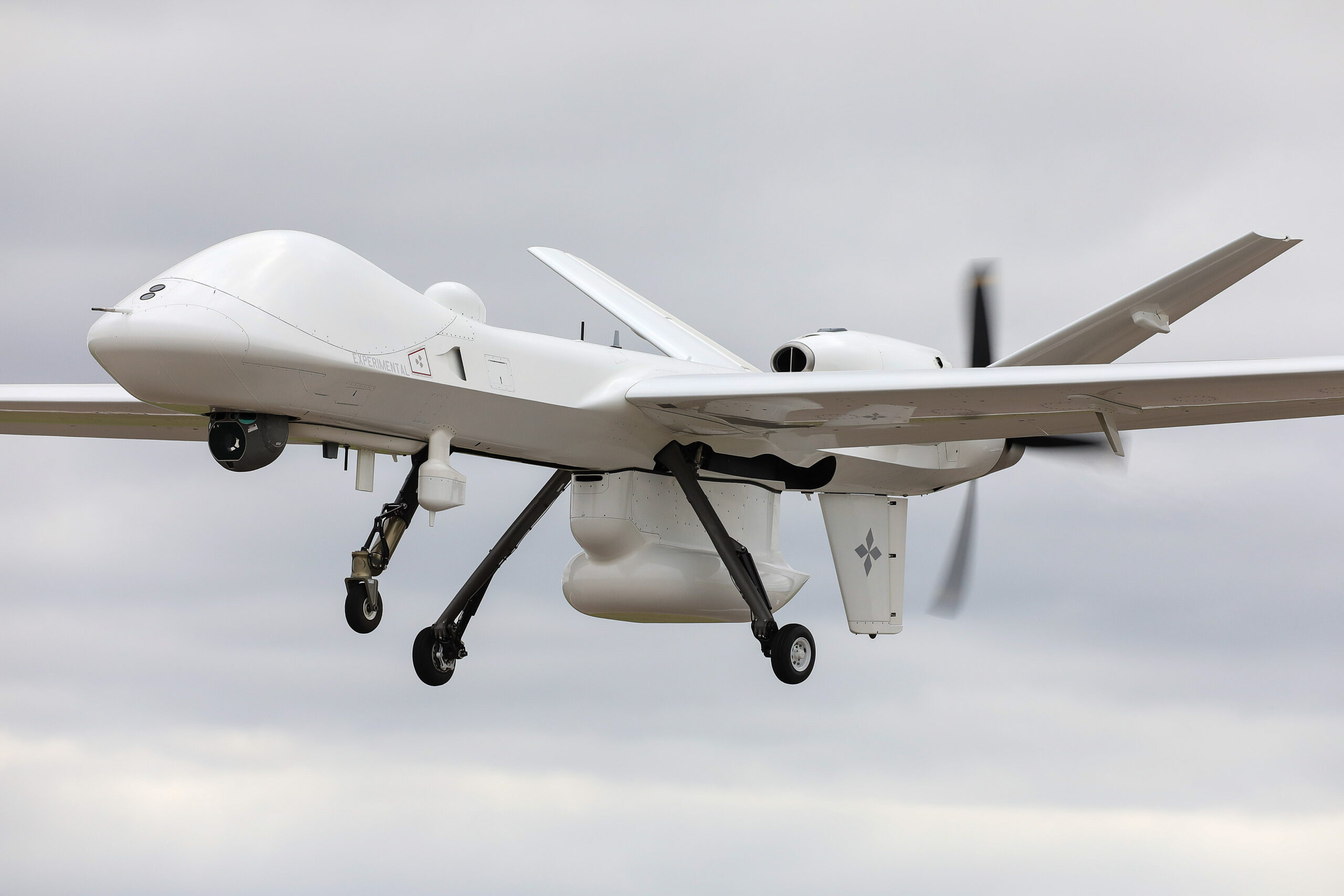
For the United States, the issue of economic realities and the future of the industrial base are valid, too, but, in contrast to the U.K. fighter program, they are unlikely to determine whether NGAD lives or dies. On the other hand, the question of whether other allies end up taking any part in NGAD may well come down to the perceived benefits of interoperability. Already, the United Kingdom is one of the nations with which the United States enjoys the highest levels of military interoperability. That partnership is only likely to deepen and extend futher into the high-end air combat domain, at least in some ways.
As Col. Metrolis has hinted, the demands involved in fielding sixth-generation technologies mean that some kind of dialogue between allies is always likely to be welcomed. As we wait to find out more about the directions that NGAD and Tempest take, we may begin to see small elements of cooporation, even if they are very limited in scope and scale.
Contact the author: thomas@thedrive.com and tyler@thedrive.com
